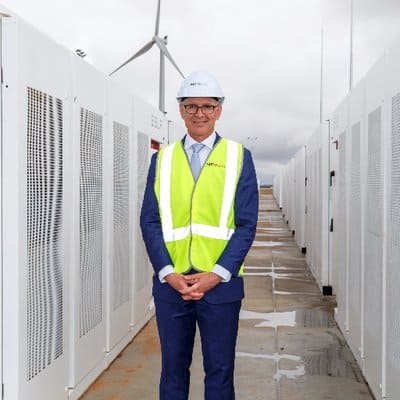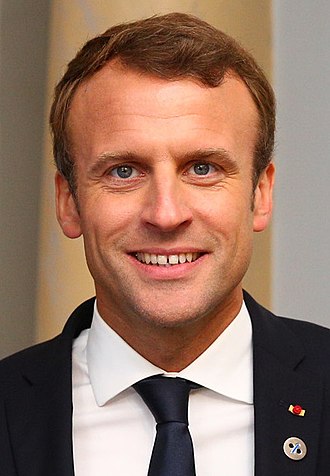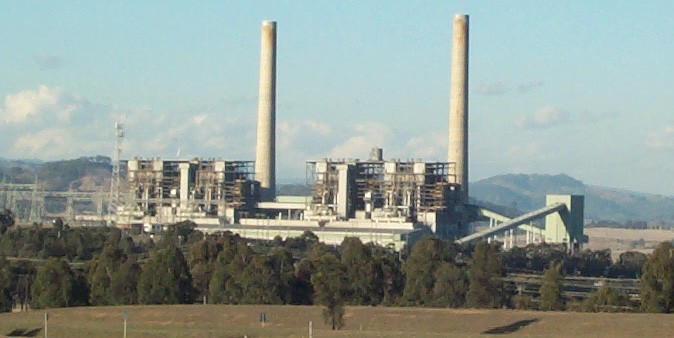The United Nations are reporting that global investment in solar power in 2017 was substantially higher than any other energy source, with a massive 45% of the investment coming from China. Let’s investigate this a little deeper and see what some industry professionals have to say.
Investment in Solar Power
In a record-breaking year, the 98GW of new solar capacity is higher than any other tech, including other renewables like wind or water turbines, nuclear or fossil fuels. There’s 6GW of this going to Australia – Iain MacGill from UNSW discussed the massive increase in Australian domestic solar via the ABC:
“We have the highest [per capita] rooftop residential solar market in the world, and by quite a big margin,” Dr MacGill said.
“A large proportion of Australia’s investment has gone into South Australia [and that means] we’re at the leading edge of working out how to integrate that renewable power into the electricity market.”
Professor Ulf Moslener from the Frankfurt School UNAP Centre discussed China’s huge $126 billion investment in solar power, where air pollution currently kills around a million people per year:
“The costs are still falling which makes the dominance in investment terms in China even more thrilling,” he said.
The director of ANU’s Energy Change Institute, Ken Baldwin, said there’s still plenty of room to grow and that the next ‘decade or two’ will see the closing of all Australian coal-fired plants:
“What will be interesting to see is whether this can be maintained,” Professor Baldwin said.
“There was 6 gigawatts of solar, both residential and commercial installed in [Australia] in 2017.





